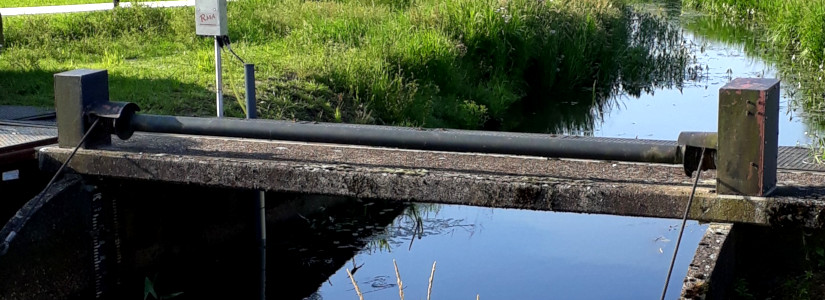In rural areas several functions exist side by side, such as agriculture, nature, water buffering and housing. These functions have different demands for water management. High quality sensor data from RMA is an important first step to fine-tune water management towards the various functions.
Water management
An important water issue for agriculture is the synchronization of ground water tables with the ability for cultivation of crops. Is it accurate enough? A high surface water level, in streams for example, also has an effect on the subsoil of arable land and grassland. A lot of moisture in the subsoil of agricultural fields means little trafficking capacity for husbandry and machinery. This means that the cattle can only go outside late in the season. Arable farming also loses precious workable days, spoils the structure of the soil and leaches nutrients.

A high water level in some periods and parts of the area is necessary to maintain nature and landscape values, but also to prevent excessive water discharge peaks. One solution for this water issue is therefore better coordination of water level management with the various functions in the area. This can be achieved with the help of RMA sensor technology.
Water quality
Good water management requires a "system approach". Not only with regard to the supply and discharge of water, but certainly also to the water quality. At an area level, this means establishing links between groundwater, precipitation, evaporation, geomorphology, soil organic matter content and pH, amongst other things. Online monitoring with RMA sensors provides current insight into the water quality, from turbidity to nitrate.
Water holding capacity
Climate change is expected to lead to periods with (extremely) high levels of precipitation alternated with periods of drought. Water retention reduces these effects. RMA clearly demonstrates these effects with the sensors for rainfall and soil moisture.




